Table of Contents
For users of drop handlebars on fast stopping touring bikes, many will have these levers installed. Not because they are particularly good or comfortable, but more through a lack of options.
I prefer these levers over the Problem Solvers, or mini v-brake options because it’s a neater and less finicky way of running more powerful brakes.
The lever blades do have a nice natural shape, however I find the lever body to be a bit slim compared to what I feel is most comfortable.
To read more about brakes and touring bikes, read our resource HERE.
The why:
– Perfect road bike lever for use with v-brakes or disc brakes
– Quite a comfortable shape and certainly the best shape out of all drop v-levers – although the shape could be refined
– Neat adjuster on the lever makes it easier to undo brake cables
The why not:
– The rubber grip splits after a years use (heavy usage)
– Slightly narrower design than most other levers (and in my opinion less comfortable)
Price:
$60 USD
Similar products:
– Tektro RL520
– Dia-Compe 287



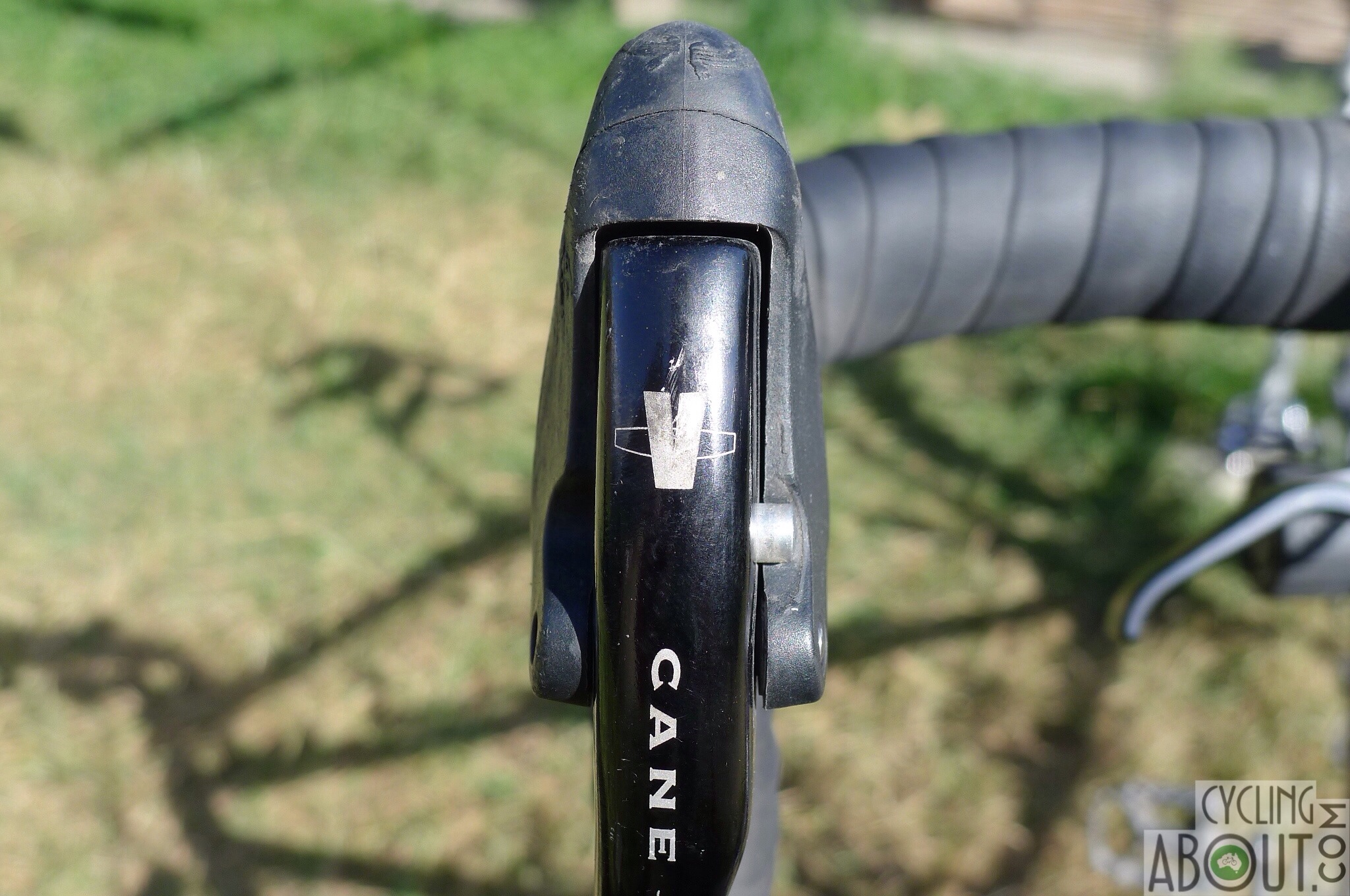
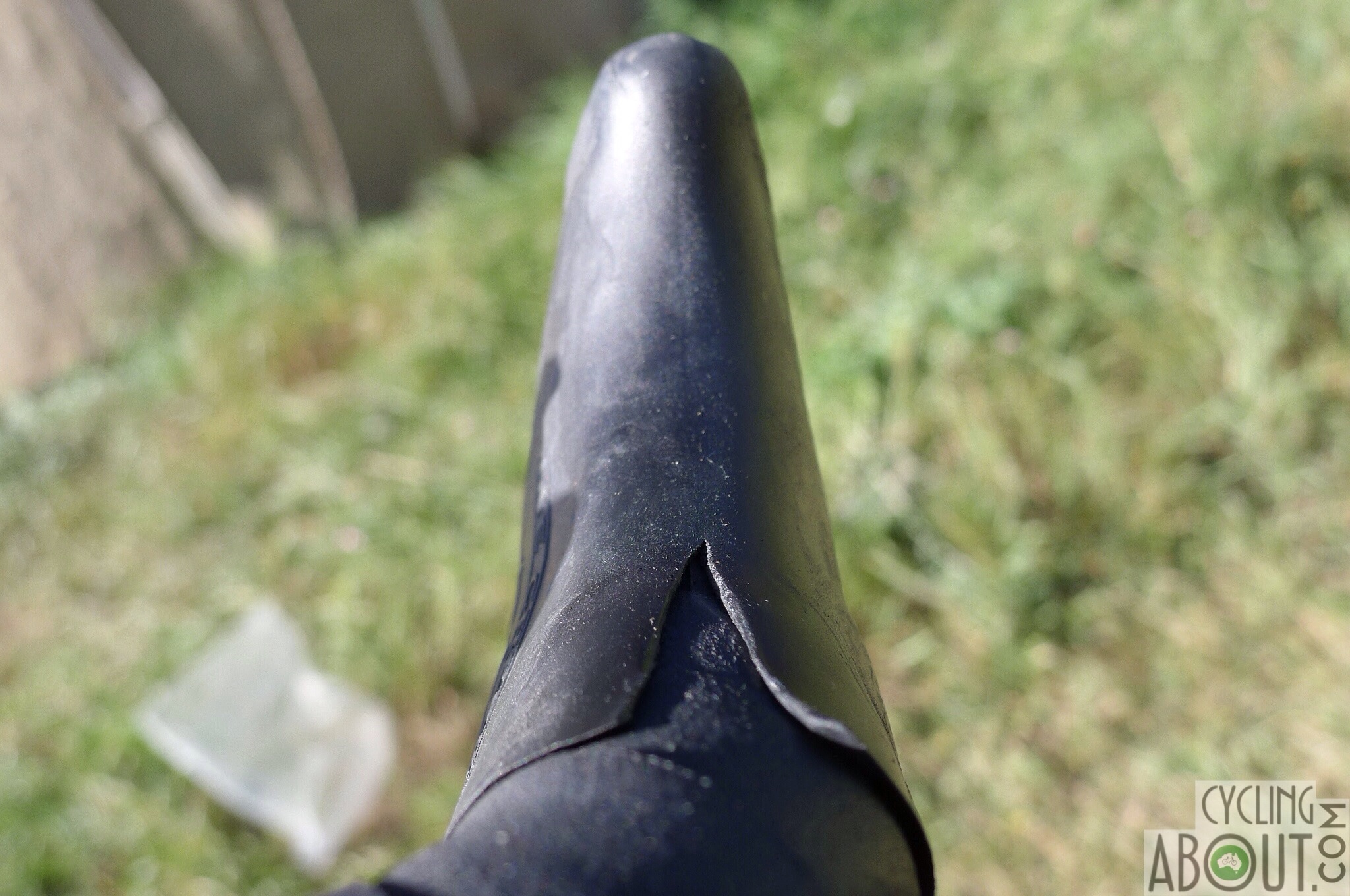
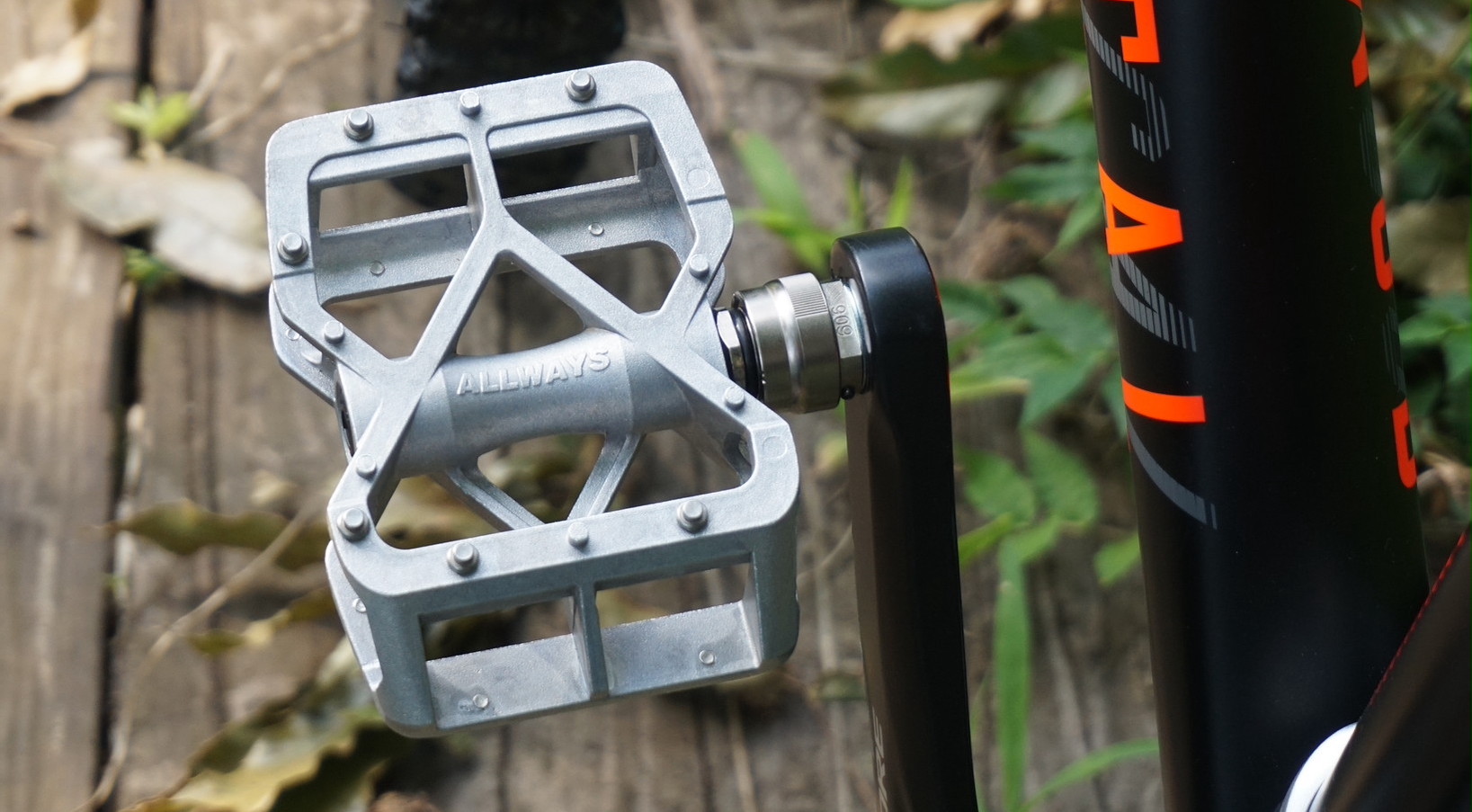
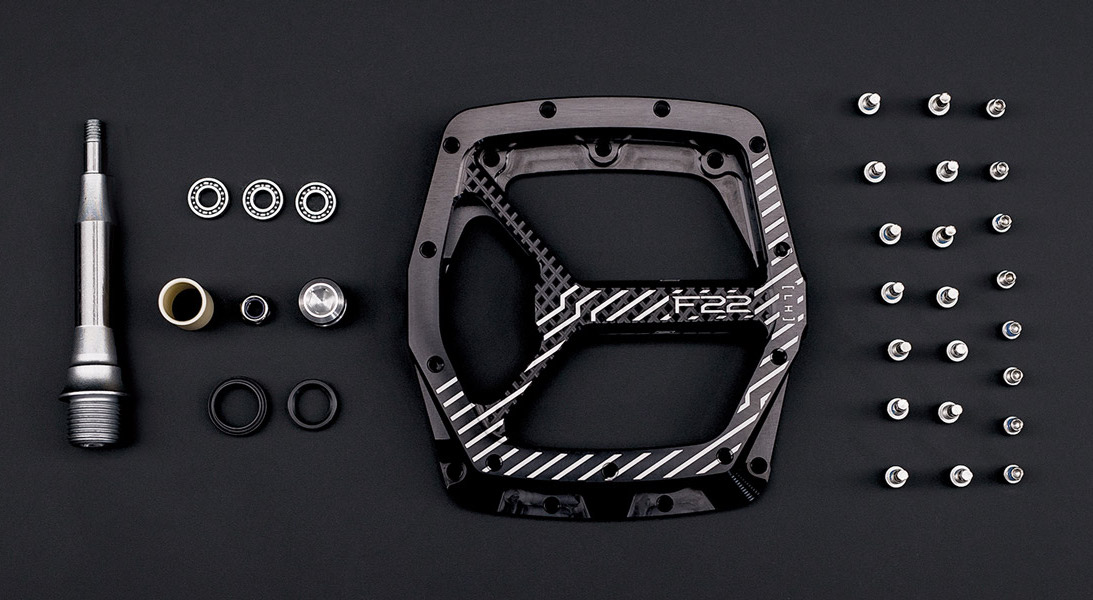
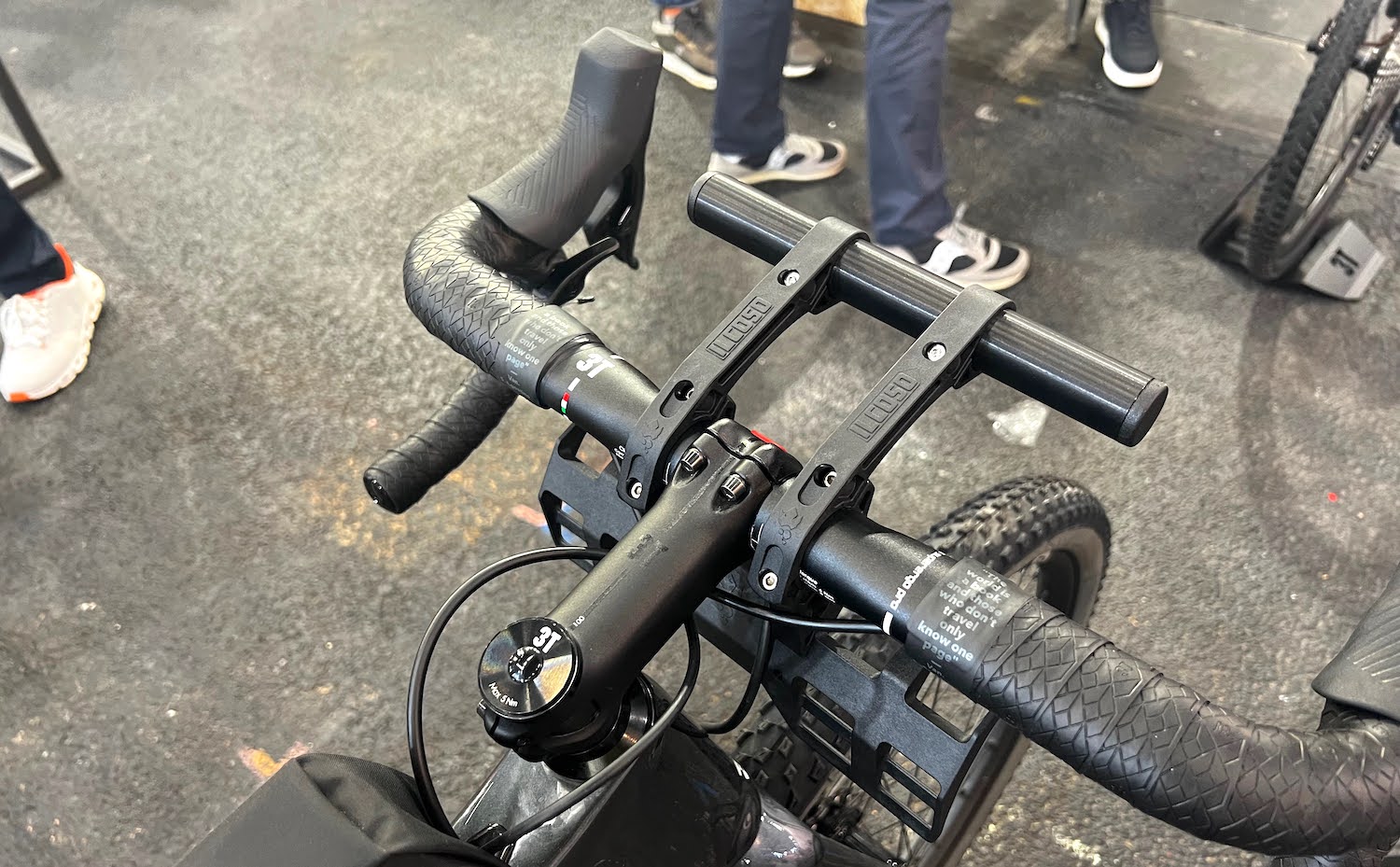

The resin body of the lever is suspiciously similar to the Tektro 520 RL which have a habit of cracking under less stress than I would expect.
I’ve probably put 100,000km on these levers! No cracks to be found anywhere.
Congratulations on your good fortune. I don’t have the bandwidth or time to document the mileage on my bike parts. Years of use has been good enough, leaves me more time to ride.
I’ve had the thin part of the Tektro body (same as TRP, Cane Creek models using this resin body) that extends up and forward to support the pivot on the outboard top ends of the levers spay and let the lever pivot come out of it’s fulcrum.
I have to replace one on my commuter today by robbing a replacement off my fair weather bike. I have those levers on that bike because it is my all-weather commuter and has mechanical disc brakes. It’s going to get heavy service and I replace these Tektro levers more often than the tires.
These are second class levers (it’s a term of art in first semester physics). Their fulcrum is at the top of the lever to achieve the long cable pull, the first point of contact in the event of any fall. Traditional pull levers are first class levers (seriously, just look it up) and the pivot is between the cable head carrier and your fingers, deep enough in the body that the lumps and bumps of riding and life on the bike don’t break so easily or often.
I think that the design parameter introduced since the Dia Compe 287V long pull lever (a first class lever) is all the boutique and CFRP handlebars that customers would cry over if a crash, lump or bump involving a brake lever or body damaged their three digit handlebar. Brake levers have become disposable, crumple zone parts, perhaps.
I might strip a pair of DC 287Vs off my primordial (built it 11 years ago) monstercross bike to put on the commuter. They don’t get brittle when it’s -10°F and I have to ride to work.
Could you please elaborate on this? As far as I can tell from comparing the two different levers in photographs, they both appear to be first class levers.
You’re right, I’m wrong.
I was considering secondary forces lateral to the lever pivot. These plastic bodies support the pivot axle at their ends instead of their middle via a beefy casting between the turned edges of the levers’ cross section like traditional road aero levers.
I just replaced another of my Tektro RL 520s on Thursday It was weakened around the pivot axle end by accumulated leaning against walls…no crash damage. I’ve done that too. Once the pivot end escapes the ring of locating plastic the stress on the middle of the plastic body weakens it, allowing it to splay, ultimately cracking in the gap behind the lever. It debilitates the QR function, leaving the lever in the open position all the time and retention of the axle (and any braking) a gamble.
I will repeat that I have earned failure from these levers in crashes that ground the plastic retaining the pivot and that was an earnest $31 for replacement. The design placing that weakness right out there as the first thing that touches the real world is what I am moving away from. Maybe $20 more for new ones but I’m back with a set of Shimano non-group identity aero levers with more protected mechanical structure.
Thank You for the clarification and for the explanation on why these levers may not be the best choice. I’ve ordered a pair of the Dia-Compe levers and hope they hold up better. Cheers.